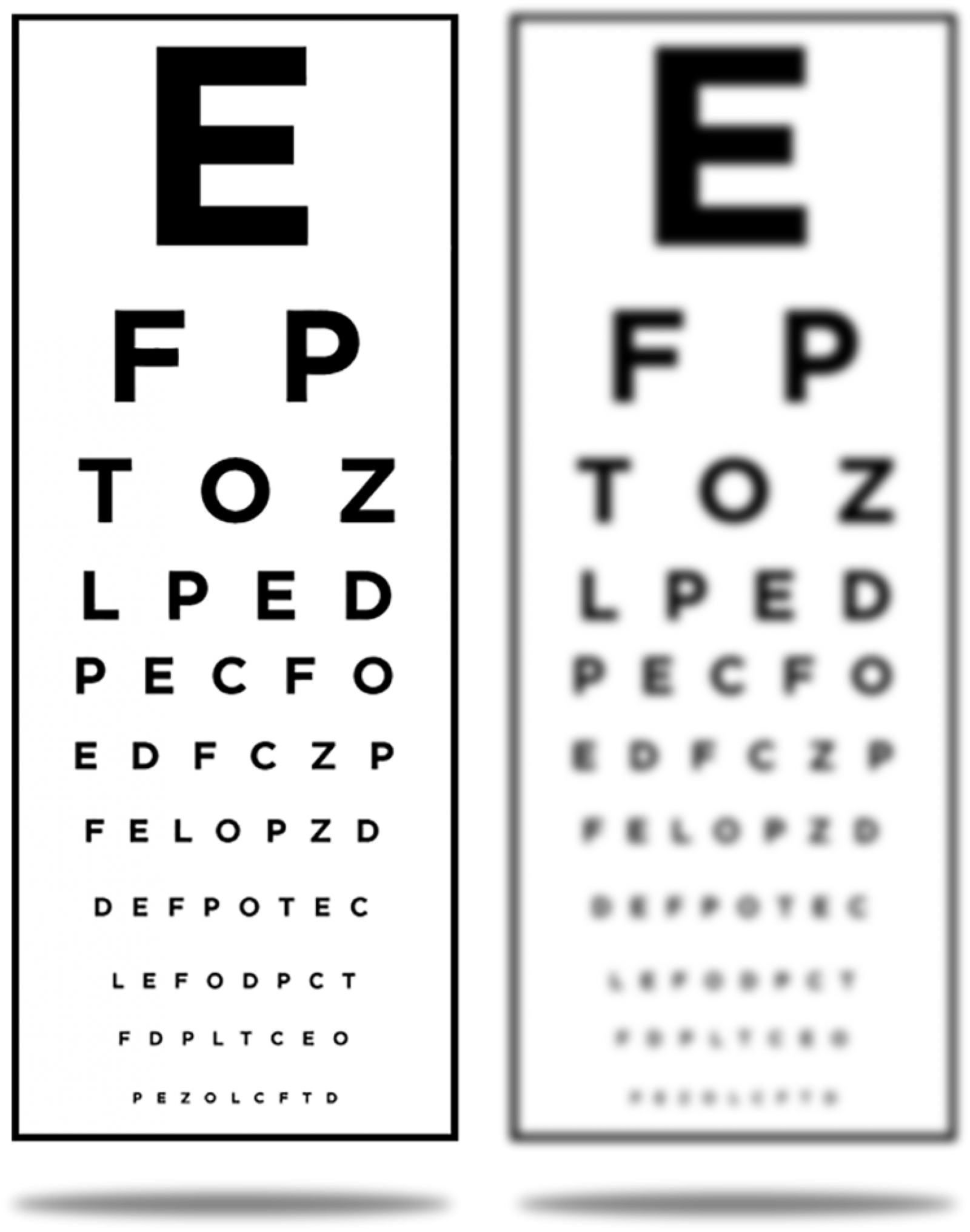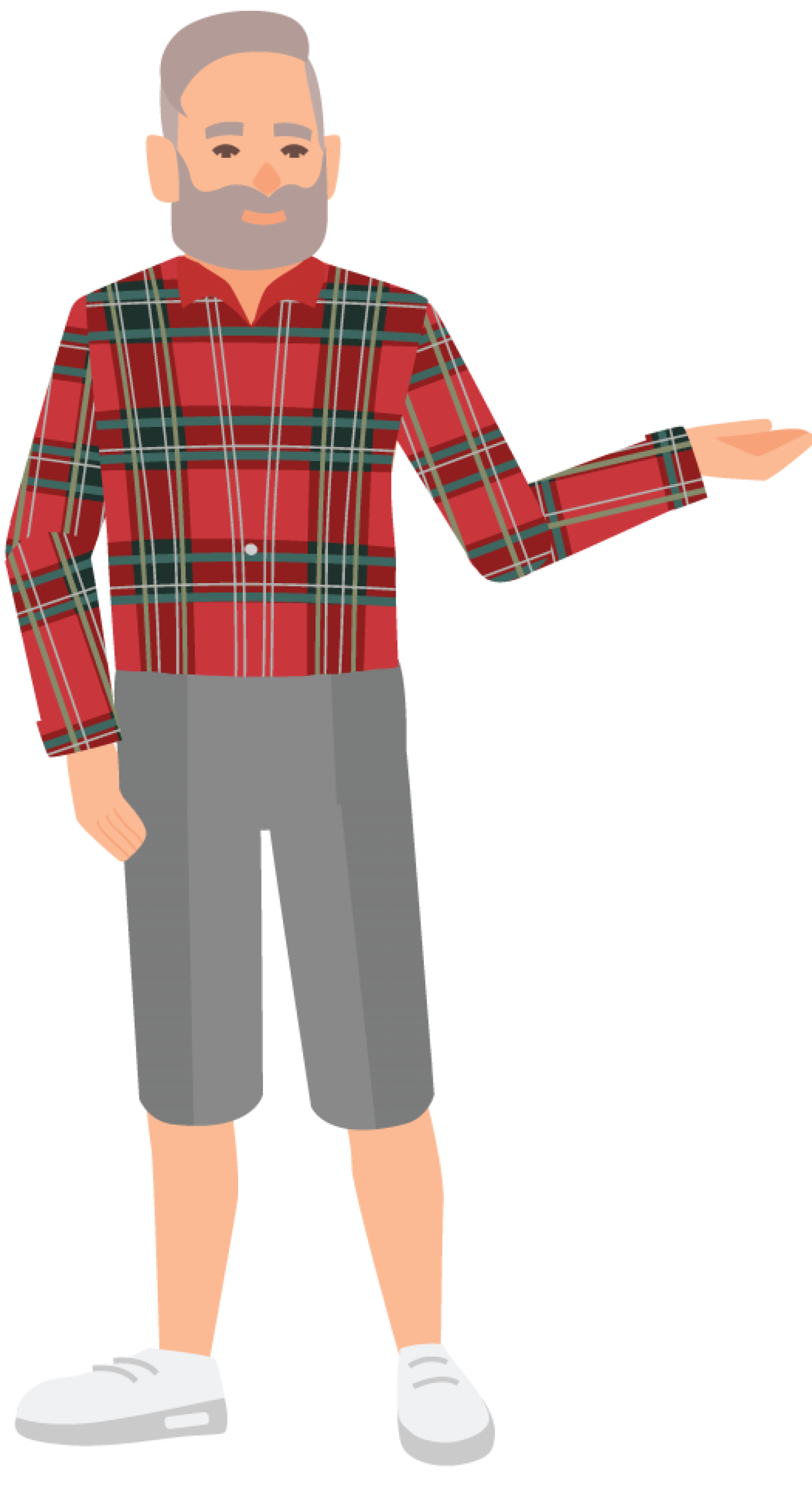Healthy Eyes and Better Vision
Vision and age
As people get older, their vision changes:
- It may become harder to focus
- It may be more difficult to see near objects and text
- You may need more light to read
- It may take longer to adjust to changes in light
- You may be more sensitive to glare
- It may be more difficult to distinguish some colours

Common eye conditions that affect vision in older people
Age related macular degeneration (ARMD) results from damage to the macula, a small spot near the centre of the retina. ARMD affects a person’s ability to see straight ahead, known as central vision, and makes reading, driving and recognising close faces and objects more difficult.
Cataracts is clouding of the clear lens, which produces blurring that affects both near and distance vision. Cataracts also increase sensitivity to glare and colours may seem faded or dull.
Glaucoma is a group of diseases that affect the optic nerve. Glaucoma leads to loss of peripheral vision and is often from an increase in pressure within the eye.
Diabetic retinopathy occurs when diabetes causes damage to the tiny blood vessels in the retina at the back of the eye. Symptoms may include blurred or distorted vision and can lead to blindness.
Did you know?
Good vision helps you maintain your balance when walking and standing. Problems with vision can increase your risk of having a fall.
Eye conditions, vision and falls
Some eye conditions e.g. cataracts, glaucoma and age-related macular degeneration, vision impairment generally and multifocal lenses have been shown to increase your risk of falls. Treatment for some eye conditions e.g. first cataract extraction has been shown to reduce falls in older people. Wearing single lens glasses has also been shown to reduce the risk of falling in older people who walk outdoors.

Key points to remember
- Have regular eye checks to identify problems early and ensure you receive the most appropriate treatment and optimal glasses prescription
- Consider single lens glasses. The use of bi-focal and multi-focal glasses, particularly outdoors can increase the risk of falling – they can blur edges and gutters
- Wearing single lens distance glasses that get darker outdoors (transition lenses) is recommended to reduce glare
- Give your eyes time to adjust to changes in light conditions and ensure you have adequate lighting in your home including sensor and night lights
What can I do right now?
- Have your eyes checked by an optometrist or ophthalmologist at least every 2 years for adults aged 18-60 years and annually for people >60 years
- ‘At risk adults’ should have more frequent reviews e.g. every 6 months
- If you notice a change in your vision, see your doctor or optometrist sooner
- Consider having a separate single lens pair of glasses for walking outdoors
- Give your eyes time to adjust to sudden changes in light
- Ensure that you have good lighting around your home, particularly on stairs and at night
- If you get new glasses or any treatment for your eyes, you will need to allow time for your eyesight to adjust
Tip
For more information on eye conditions, vision impairment and visual aids visit:
https://www.visionaustralia.org/
http://www.health.gov.au/internet/publications/publishing.nsf/Content/ageing-eyehealth-risk-factors.htm~ageing-eyehealth-risk-factors-4.htm~ageing-eyehealth-risk-factors-4-1.htm
https://www.myagedcare.gov.au/getting-started/health-conditions/hearing-vision-and-oral-health
Conclusion
You have finished the article. To download the article as a PDF, click the button below.

